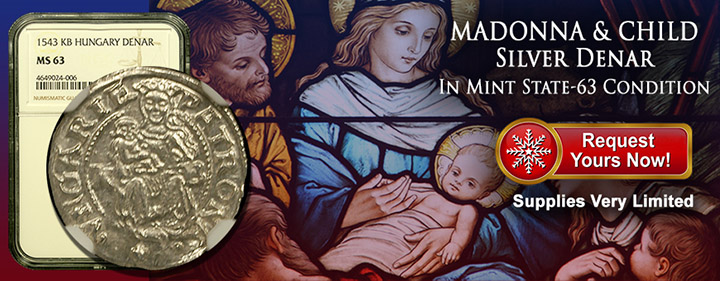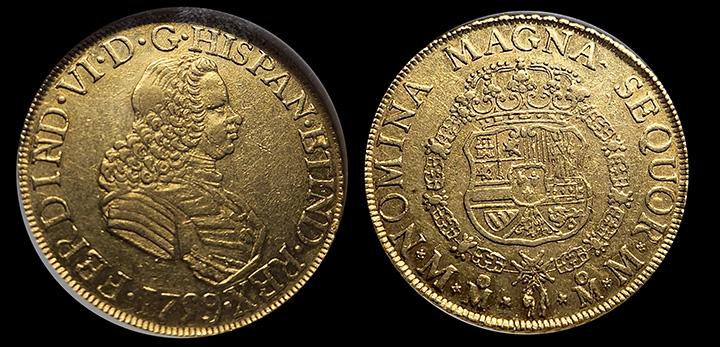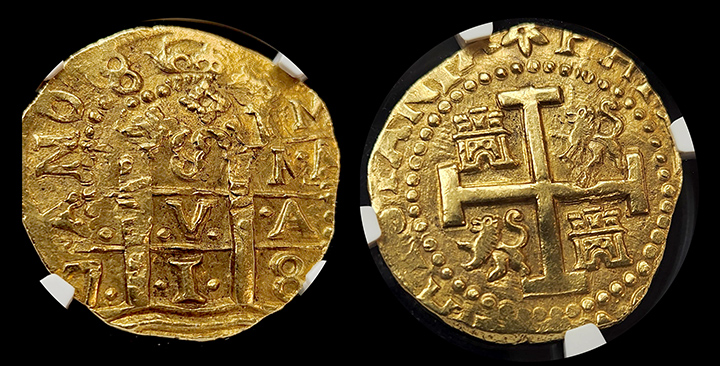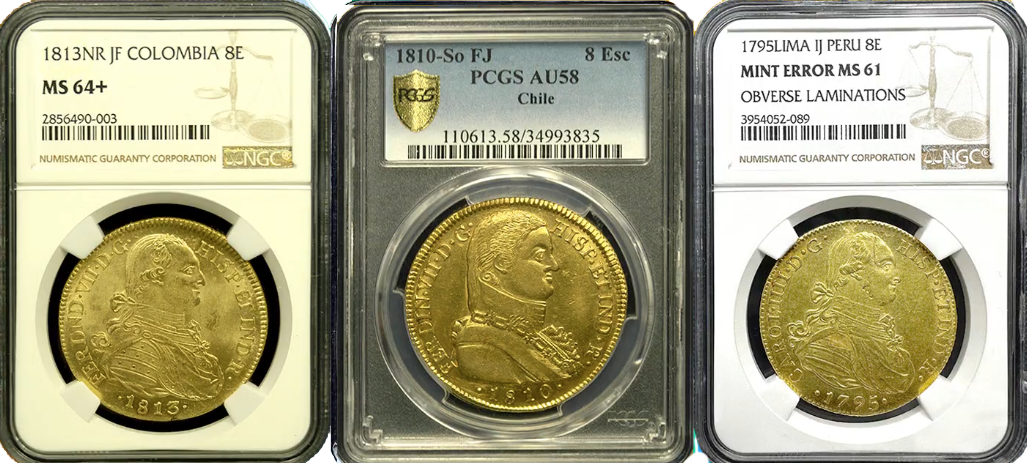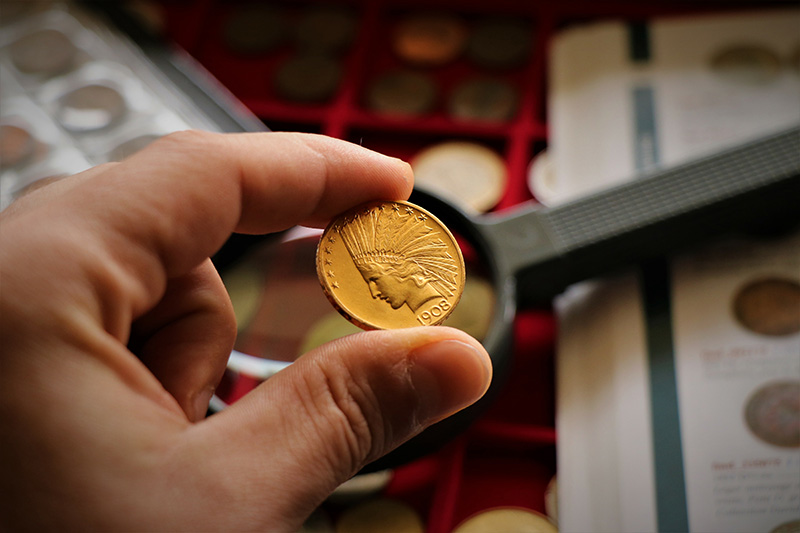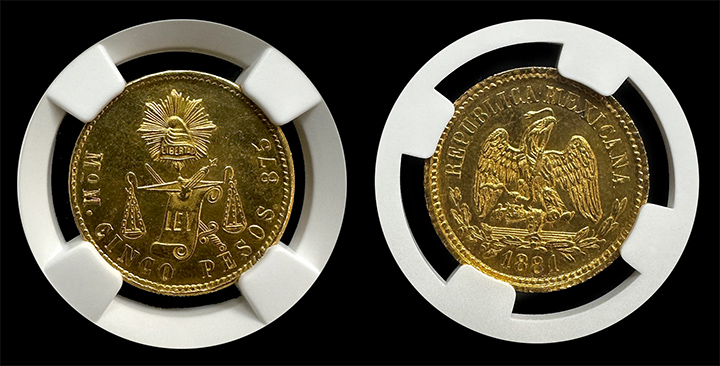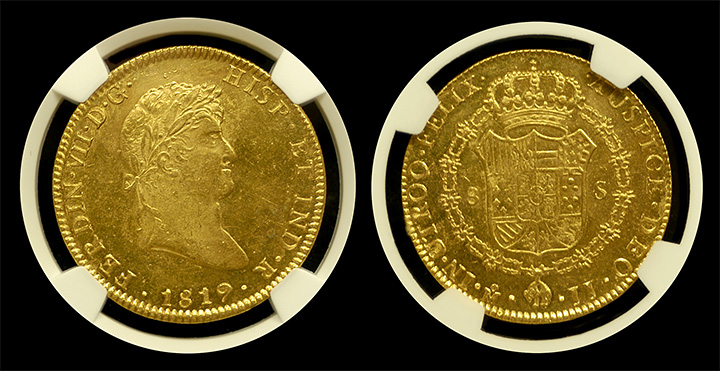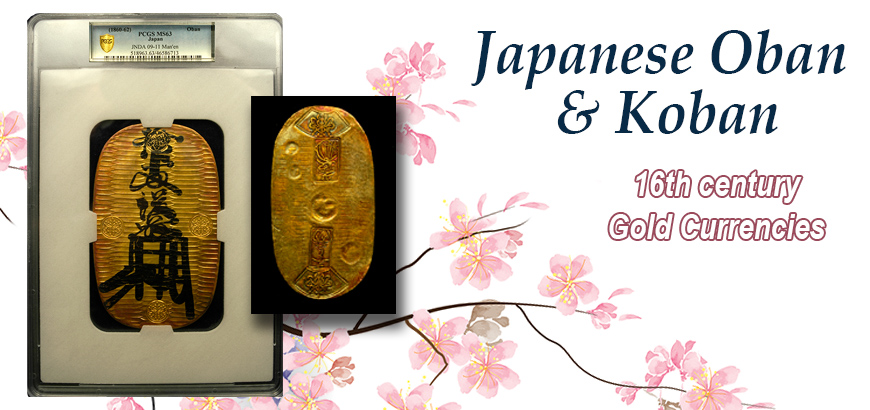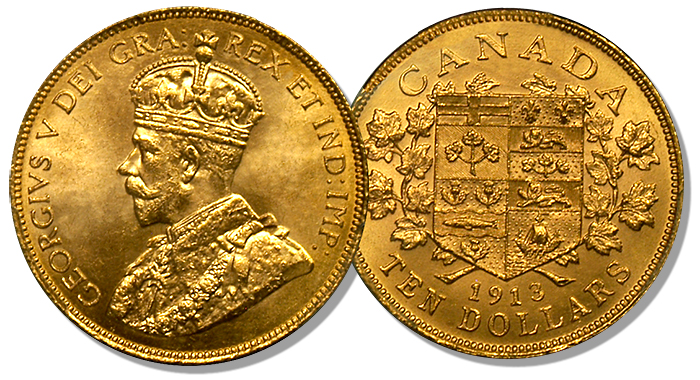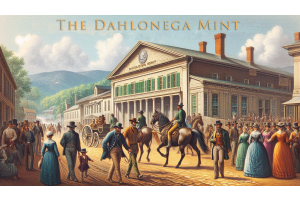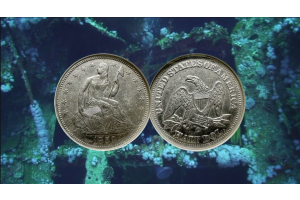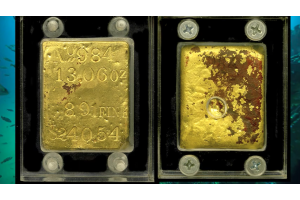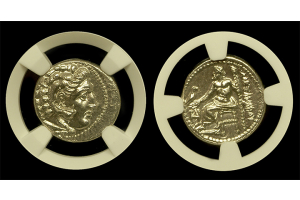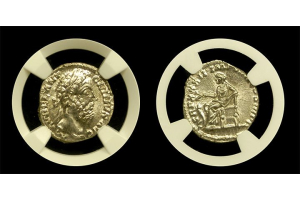World Gold Coins
- Posted: December 13, 2024Read more »
Rare Coins in History Related to Christmas
Christmas-related rare coins often carry stories from history, and some of these coins directly connect to Christmas. From ancient times to modern commemoratives, these coins highlight the traditions, legends, and symbols of the holiday season. Let’s explore some fascinating coins tied to Christmas across various eras and cultures.
Coins Associated with the Three Wise Men
The story of the Three Wise Men has fascinated people for centuries. These Magi, likely hailing from regions such as Persia, Arabia, or India, brought gifts of gold, frankincense, and myrrh to the infant Jesus. Gold was not just a gift but also a form of currency. Coins from these regions, such as Persian darics or Arabian shekels, provide a glimpse into the trade
- Posted: December 06, 2024Read more »
The Rich History of Mexican Coinage: From the 8 Escudo to Modern Currency
The evolution of Mexican Coinage has a rich history that reflects its cultural and economic evolution. Mexico's coins have captured significant historical moments from the Spanish colonial era to modern times. The story of Mexican coinage spans centuries, encompassing colonial wealth, revolutionary transformations, and the modern era of artistic designs. This blog explores key periods in Mexican history and the coins that defined them, including the iconic 8 Escudo and its enduring legacy among collectors.
- Posted: July 09, 2024Read more »
The historic 1715 Fleet Shipwreck holds legendary status among maritime disasters. This catastrophe occurred on the eastern coast of Florida on July 31, 1715, when Spanish ships laden with treasure met their end.
The Fleet's Departure
The Spanish fleet set sail from Havana, Cuba, aiming to return to Spain. Altogether, the ships carried a vast fortune of gold, silver, and precious gems. In fact, the treasure's estimated worth was millions of pesos, and the ships formed a crucial part of Spain's colonial wealth.
The Storm That Changed History
A violent hurricane struck the fleet off the coast of Florida without warning. The ships struggled against fierce winds and waves, but the fleet
- Posted: March 27, 2024Read more »
Introduction
In the annals of South American history, the legacy of Spanish colonization looms large. Above all, it profoundly shaped the region's cultural, social, and economic landscapes. Central to this influence was the establishment of a robust monetary system, centered around the escudo. This article delves into the origins, evolution, and impact of the history of South American escudos. Basically, tracing their journey from the Spanish conquest to their enduring legacy in modern times.
Origins of Spanish Colonization in South America:
The origins of Spanish colonization in South America trace back to the early 16th century. Particularly, when Spanish explorers, spurred by dreams of
- Posted: January 26, 2024Categories: Electrum Coins, Rare US Coins, Rare Gold Coins, Egyptian Empire, Alexander the Great, Rare World Coins, Rare Silver Coins, Shipwreck Coins, Medieval Coins, Ancient Persian Coins, Ancient Roman Coins, Silver Reales, Ancient Coins, Gold Escudos, Macedonian Empire, Ancient Greek Coins, Byzantine Empire, US Bronze Medal, Platinum Coins, World Gold Coins, Gold and Silver Bullion, Lydian Empire, Ancient Silver Coins, Ancient Egyptian EmpireRead more »
Introduction: A Guide to Building Your Unique Treasure
In the world of rare coin collecting, enthusiasts are captivated by history and welcome tips on collecting rare coins. Museums, such as the American Numismatic Association Money Museum, showcase extraordinary collections. The Smithsonian National Numismatic Collection and the British Museum contribute to our appreciation of rare coins, emphasizing their historical significance.
The allure of rare coins extends beyond museum walls. Auction houses and private collectors frequently make these numismatic treasures available for sale. Rare coin collecting is not just a cultural and historical journey; it's also an opportunity for financial gain. Rare collections, featuring sought-after coins, can
- Posted: October 09, 2023Read more »
Mexico in 1881: A Snapshot of History
Mexico in 1881 marked a significant point in Mexican history, an era defined by political upheaval, economic transformation, and cultural vibrancy. Let's delve into the historical events and social fabric of Mexico during this remarkable year.
Mexican Political Landscape in 1881
In 1881, Mexico was under the long and controversial rule of Porfirio Díaz. Díaz had first come to power in 1876 and would go on to dominate Mexican politics for several decades. His autocratic rule, known as the Porfiriato, was distinguished by modernization. Díaz aimed to attract foreign investment and develop the
- Posted: July 27, 2023Read more »
In the early 19th century, Mexico stood at a crucial juncture in its history. Consequently, 1819 was a pivotal year, the nation was grappling with the aftermath of the Mexican War of Independence. It had concluded just three years prior. As the dust settled and Mexico sought to forge a new path. However, it faced an array of challenges and opportunities that would shape its destiny.
A Hard-Won Independence
One of the significant aspects of Mexico in 1819 was the emergence of King Ferdinand VII of Spain, whose reign carried immense significance for the country. Undoubtedly, Ferdinand's rule was marked by his dedication to restoring order and stability in the recently independent Mexico. Moreover, his image on the 1819 Mexico 8 Escudo coin, facing right with a crown of leaves, symbolized his authority and the hope he brought to a nation seeking stability
- Posted: February 23, 2023Read more »
The introduction of Japanese Obans and Kobans during the Edo period had a profound impact on the country's economic and cultural history. These traditional gold currencies were visually stunning, with intricate designs and patterns. As a result, their composition made them both aesthetically pleasing and difficult to counterfeit.
Obans were the first of the two introduced in the second half of the 16th century. These were substantial rectangular-shaped currencies that were worth 10 Ryō, a weight unit used to measure gold and silver. The Oban was beautifully designed, often featuring images of samurai warriors or geishas. In fact, these designs were not just for decoration, but also served to prevent counterfeiting.
Koban was introduced
As Japan's economy grew, there was a need for smaller denominations of currency.
- Posted: January 06, 2023Read more »
In short, the "First Canadian Gold Coins" were struck around over a hundred years ago. The Dominion Government had 8,000 five-dollar and 8,000 ten-dollar gold coins struck in 1912. Gold coins valued at $600,000 had been distributed to Assistant-Receivers General across Canada by the conclusion of that summer. The gold coins were still being produced in 1914.
From the raw ingredients to the finished product, these first Canadian Gold Coins were created by the Mint in Canada. These were made almost completely of Canadian gold in 1912, the majority of it coming from the Klondike region.What about the Gold Maple Leaf?
Interestingly, the Canadian Maple Leaf was struck in 1979 a was not the first Canadian gold coin. To clarify, Canada's first gold coins were




